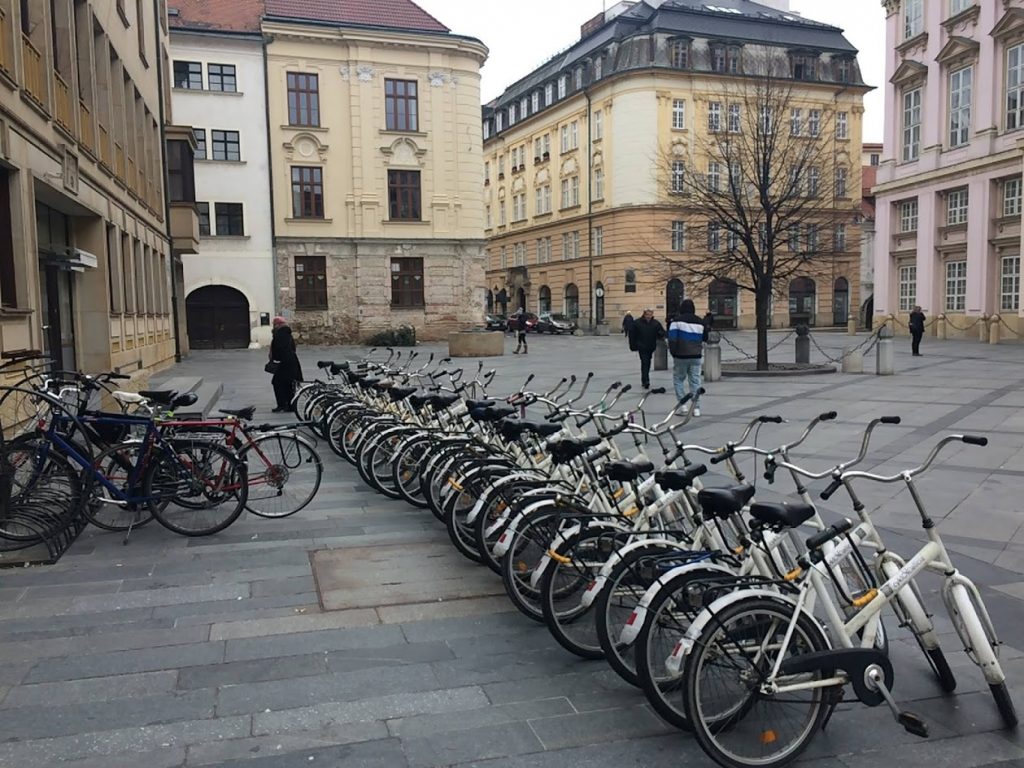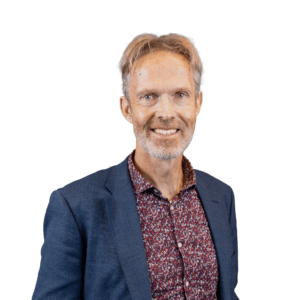Behavioural change / Bicycle Policy / Mobility management / Network planning / Workshop
Dutch mobility expertise in Slovakia: How to create space in the city for non-motorized transport?

There is a general opinion in Slovakia that not enough space exists to enable active transportation. Streets are too narrow to accommodate driving and parked cars, cyclists, pedestrians, a green belt, café terraces, retail stands, etc. At the same time, like in many places, cars are are seen as the priority and the most logical way to perform many of life’s daily trips. It is a point of view held by most project designers, municipal staff, traffic police and – of course – Slovakian citizens.
Towns and cities are already built, with buildings constructed years ago, and removing them to widen streets is unrealistic and impractical. However, in the Netherlands, historic, narrow streets already accommodate a variety of modes of transportation and activities. How was it achieved? What are principles and approaches implemented? As a follow up to his presentation at 11th National Conference on Cycling Transport 2019 in Galanta, Otto Cazemier, joined by colleague Eveline de Jong, present: How to get space in the city for non-motorized transport? A digital webinar for Nadácia Ekopolis aimed at demystifying those questions.

 How to create space in the city for non-motorized transport?
How to create space in the city for non-motorized transport?
Presenters: Otto Cazemier and Eveline de Jong
Tuesday, 23 March; 13:00-14:30 CET (Europe)
Organized in partnership with the Embassy of the Kingdom of the Netherlands in Slovakia, the Dutch Cycling Embassy, Nadácia Ekopolis and other parties, the presentation is aimed at designers, municipal staff, politicians, advocates and other interested in learning how Slovakia can make more space for cycling and walking in their already built environment. Otto and Eveline will walk attendees through the historical events that have influenced street design in the Netherlands, best practice for design and planning, and policies that have influenced safer streets and can be applied in context to local streets. The presentation will address the following questions:
- What are the forms of “coexistence” of non-motorized and motorized transport in a fixed limited traffic space (street, square;)
- How is it decided which solutions will be used in a given space?
- What are the advantages and disadvantages of individual solutions and what does this mean for Slovakia?
- How do designers in the Netherlands communicate these solutions and get them approved by the authorities?
To attend the session, you can register HERE. Presentation will be live translated to Slovakian.


 ">
">